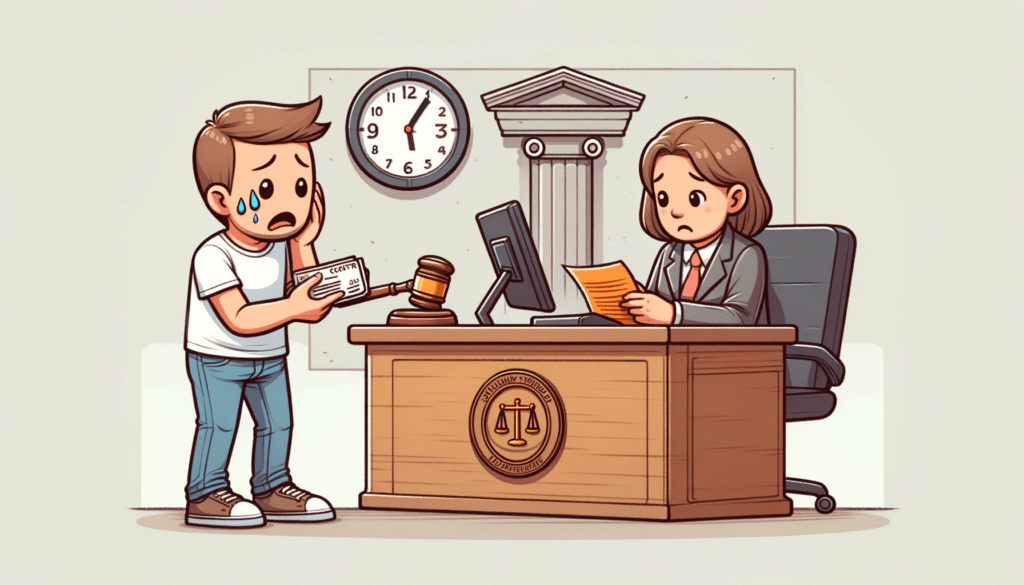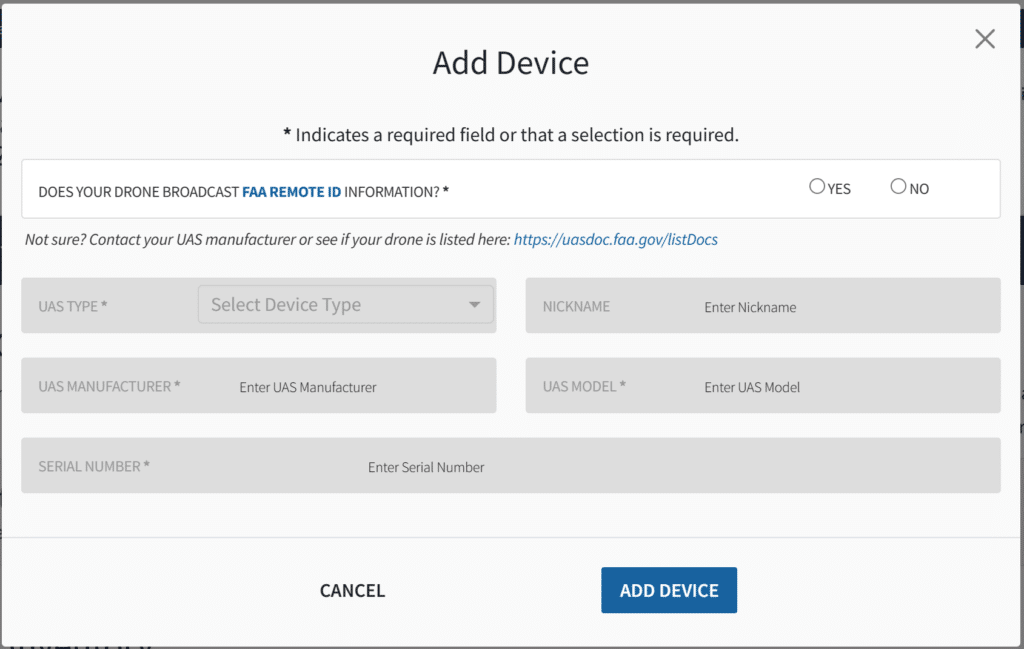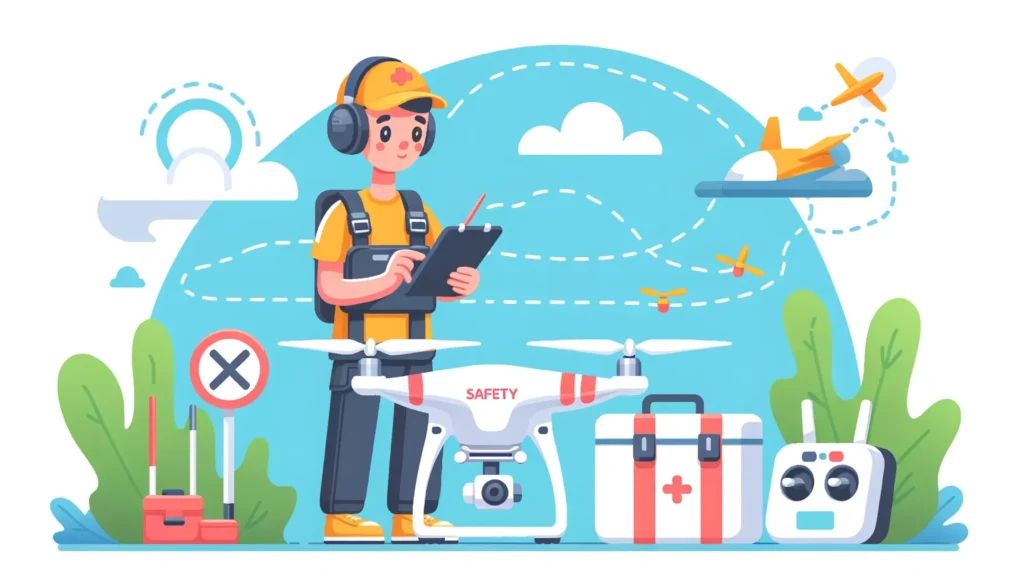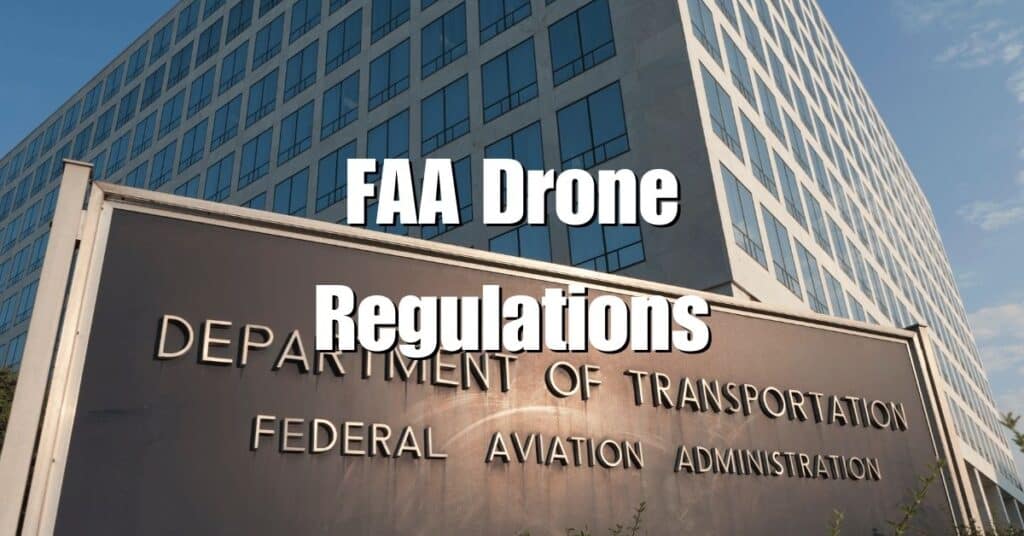Drones have revolutionized various industries and become a popular hobby for many. However, with the rise in drone usage, it’s crucial to adhere to the proper regulations to ensure safety and compliance. One such critical aspect is FAA drone registration. In this comprehensive guide, we will answer all your questions about the registration process, its importance, who needs to register, and the rules to follow post-registration. So, let’s embark on this journey to become a responsible drone pilot and make the skies safer for everyone.
Key Takeaways
- FAA Drone Registration Requirement: All drone pilots must register their drones with the FAA if they weigh between 0.55 lbs (250 grams) and 55 lbs (25 kg).
- Registration for Safety and Accountability: The registration aims to ensure safety in airspace and make drone pilots accountable for their drones.
- Penalties for Non-Registration: Failing to register can lead to severe civil and criminal penalties.
- Different Rules for Hobbyists and Commercial Pilots: Hobbyists and commercial drone pilots have different registration requirements.
- Online Registration Process: Registration is typically done online through the FAA DroneZone.
- Registration Validity and Renewal: FAA drone registration is valid for three years and must be renewed afterwards.
- Compliance with Flying Guidelines Post-Registration: Registered drones must be operated in compliance with FAA guidelines, including flying at or below 400 feet and within the pilot’s visual line of sight.

What is FAA Drone Registration?
FAA drone registration is a requirement set by the Federal Aviation Administration (FAA) for all drone pilots to register their unmanned aircraft systems (UAS). This process aims to ensure accountability and responsibility among drone users, creating a safer airspace for both manned and unmanned flights. The registration process involves providing the FAA with essential information about the drone and its owner, which is then entered into the FAA’s registration database.
Importance of FAA Drone Registration
Why is FAA Registration Required?
FAA drone registration is required for several reasons:
- Safety: Registering drones helps promote safety by ensuring that drone pilots are aware of the rules and regulations governing drone flight. It also enables authorities to trace drone owners in case of incidents or accidents, thus promoting responsible drone usage.
- Accountability: The registration process fosters accountability among drone pilots by linking drones to their owners. This encourages pilots to follow regulations and avoid irresponsible or illegal activities.
- Education: The registration process serves as an opportunity for drone pilots to learn about the rules and guidelines for flying drones, contributing to a safer and more informed community of drone users.
Consequences of Not Registering with the FAA
Failing to register your drone with the FAA can result in severe consequences, including:
- Civil Penalties: Drone owners who don’t register their drones may face civil penalties of up to $27,500.
- Criminal Penalties: In more severe cases, failure to register a drone can result in criminal fines of up to $250,000, imprisonment for up to three years, or both.
- Additional Penalties: Drone pilots operating without registration may also be subject to additional penalties under state and local laws or other federal regulations.
By understanding the importance of FAA drone registration and complying with the regulations, drone pilots contribute to a safer airspace for all and avoid the risk of facing these penalties.

Who Needs to Register Their Drones?
Drone registration is required for both hobbyists and commercial drone pilots. The FAA has specific registration requirements depending on the type of drone user and the weight of the drone.
Hobbyists
Hobbyist drone pilots are those who fly their drones for recreational purposes. If you fall into this category, you must register your drone if it weighs between 0.55 lbs (250 grams) and 55 lbs (25 kg). Once you register, you will receive a single registration number that can be used for all drones you own.
Commercial Drone Pilots
Commercial drone pilots use their drones for work or business purposes. If you are a commercial drone pilot, you must register each drone you operate that weighs between 0.55 lbs (250 grams) and 55 lbs (25 kg). Unlike hobbyists, commercial pilots must register each drone individually.
FAA Registration Requirements for Recreational Flyers
Recreational drone pilots must follow these requirements:
- Be at least 13 years old (if the owner is younger, a person 13 or older must register the drone).
- Be a U.S. citizen or legal permanent resident.
- Register the drone online through the FAA DroneZone.
FAA Registration for Commercial Operators
Commercial drone pilots must meet the following requirements:
- Be at least 16 years old.
- Be a U.S. citizen or legal permanent resident.
- Pass the FAA’s Aeronautical Knowledge Test for a Remote Pilot Certificate.
- Register the drone online through the FAA DroneZone or by mail using the FAA Form 8050-1.
Exemptions from FAA Registration
Drones weighing less than 0.55 lbs (250 grams) are exempt from registration for both recreational and commercial pilots. However, pilots must still follow all safety guidelines and any applicable regulations.
How to Register Your Drone with the FAA
Registering your drone with the FAA is a straightforward process that can be completed online or by mail (for commercial pilots).
Step-by-Step Guide
- Visit the FAA DroneZone website.
- Choose the type of registration: “Fly Model Aircraft under Section 336” for hobbyists, or “Fly sUAS under Part 107” for commercial pilots.
- Create an account or log in with your existing account.
- Fill out the required information, such as name, address, email, and drone details (for commercial pilots).
- Pay the registration fee using a credit or debit card.
- Receive your registration number and Certificate of Aircraft Registration via email.
Information Needed for FAA Registration
To register your drone with the FAA, you will need the following information:
- Your full name
- Your mailing address
- Your physical address (if different from mailing address)
- Your email address
- Drone details (make, model, and serial number) for commercial pilots
FAA Registration Fees
FAA drone registration fees are as follows:
- Hobbyist drone pilots: $5 for a single registration number that covers all drones owned by the pilot.
- Commercial drone pilots: $5 per drone, each requiring a separate registration number.
Remember, registration must be renewed every three years, and the same fees apply for renewal.

FAA Drone Registration Specifics
How Long is FAA Registration Valid For?
FAA drone registration is valid for three years from the date of registration. After the three-year period, you must renew your registration to continue operating your drone legally.
Can I Register My Drone with the FAA?
As long as your drone meets the weight requirements mentioned earlier (0.55 lbs to 55 lbs), you can register it with the FAA. Ensure that you comply with the specific registration process for either recreational or commercial use, depending on your drone’s intended purpose.
Is FAA Registration Required for Recreational Use?
Yes, FAA registration is required for recreational use if your drone weighs between 0.55 lbs (250 grams) and 55 lbs (25 kg). Registration is not required for drones weighing less than 0.55 lbs, but safety guidelines and other applicable regulations must still be followed.
FAA Registration for Drones under Part 107
If you are a commercial drone pilot operating under Part 107, you must register each drone you use for commercial purposes. The registration process is the same as mentioned in the “How to Register Your Drone with the FAA” section, but you must choose “Fly sUAS under Part 107” during registration.
How to Register a Private Aircraft with the FAA
Although this article focuses on drone registration, the process for registering a private aircraft with the FAA is different. You must complete FAA Form 8050-1, Aircraft Registration Application, and submit it to the FAA Aircraft Registration Branch, along with the required supporting documents and fees. More information can be found on the FAA’s Aircraft Registration page.
Common Mistakes to Avoid During FAA Registration
Here are some common mistakes to avoid during the registration process:
- Not providing accurate and complete information.
- Not paying the registration fee.
- Failing to renew registration after the three-year validity period.
- Registering under the wrong category (recreational vs. commercial).
FAA Registration vs. FAA Certification: What’s the Difference?
FAA registration refers to the process of registering your drone with the FAA, while FAA certification typically refers to obtaining a Remote Pilot Certificate under Part 107 for commercial drone pilots. Certification involves passing the FAA’s Aeronautical Knowledge Test and proving your knowledge of drone safety and regulations.
How Long Does it Take for FAA Registration to be Processed?
Online registration through the FAA DroneZone is processed almost immediately. Once you complete the registration process and pay the fee, you will receive your registration number and Certificate of Aircraft Registration via email. For commercial pilots who choose to register by mail, the processing time may vary, but it typically takes a few weeks.
FAA Aircraft Registration Database
The FAA maintains an aircraft registration database that includes both manned and unmanned aircraft. After registering your drone, your information will be added to this database. You can access the FAA Aircraft Registry to search for registered aircraft, including drones, by entering the registration number, serial number, or owner’s name.
Rules and Regulations to Follow Post-Registration
After registering your drone with the FAA, it is crucial to follow the rules and regulations governing drone flight to ensure safety and compliance.
Flying Guidelines
- Fly at or below 400 feet above ground level (AGL).
- Keep your drone within visual line-of-sight.
- Do not fly over people or moving vehicles.
- Avoid flying near airports and other restricted airspace.
- Do not fly in adverse weather conditions, such as high winds or reduced visibility.
- Do not fly under the influence of drugs

Rules and Regulations to Follow Post-Registration
After registering your drone with the FAA, it is crucial to follow the rules and regulations governing drone flight to ensure safety and compliance.
Flying Guidelines
- Fly at or below 400 feet above ground level (AGL).
- Keep your drone within visual line-of-sight.
- Do not fly over people or moving vehicles.
- Avoid flying near airports and other restricted airspace.
- Do not fly in adverse weather conditions, such as high winds or reduced visibility.
- Do not fly under the influence of drugs or alcohol.
- Follow local and state regulations in addition to federal guidelines.
Penalties for Non-Compliance
Failing to follow FAA rules and regulations can result in serious consequences, including:
- Civil penalties: Fines of up to $27,500 for each violation.
- Criminal penalties: Fines of up to $250,000, imprisonment for up to three years, or both.
- Suspension or revocation of your Remote Pilot Certificate (for commercial pilots).
By adhering to the rules and regulations, drone pilots can help ensure a safer airspace for all and avoid the risk of facing penalties.
Frequently Asked Questions
How do I check my FAA registration status?
You can check your registration status by logging into your account on the FAA DroneZone website. If your registration is still valid, you will be able to see the expiration date.
Can I fly my drone at night?
Yes, but only if you follow specific guidelines. As of April 21, 2021, drone pilots operating under Part 107 can fly at night without a waiver if they meet the following requirements:
- Complete the updated initial knowledge test or recurrent training, which includes night flying topics.
- Equip the drone with anti-collision lighting visible for at least 3 statute miles and have a flash rate sufficient to avoid a collision.
Recreational flyers should check and follow any local or state regulations regarding night flying.
Can I transfer my drone registration to someone else?
Yes, you can transfer your drone registration to another person. To do so, the new owner must submit an application for registration to the FAA, providing the necessary information and paying the registration fee.
What should I do if my drone is lost or stolen?
If your drone is lost or stolen, report the incident to the FAA as soon as possible. Log in to your account on the FAA DroneZone website and update the information associated with your drone registration to reflect the loss or theft.
Can I fly my drone in a national park?
No, drone flights are generally prohibited in national parks, as well as within a 5-mile radius of airports and other restricted airspace. Always check local and federal regulations before flying your drone to ensure compliance.
Orthomosaic and LiDAR Projects with Blue Falcon Aerial
While understanding and complying with FAA drone registration is essential for all drone pilots, it’s also crucial to partner with an experienced company when undertaking complex projects like Orthomosaic and LiDAR mapping. Blue Falcon Aerial is a reputable service provider that can assist you with these specialized applications.
Orthomosaic mapping and LiDAR (Light Detection and Ranging) are advanced techniques used to create detailed, accurate maps and 3D models of landscapes and structures. Blue Falcon Aerial specializes in these services, offering precise data capture, processing, and analysis.
To learn more about how Blue Falcon Aerial can help with your Orthomosaic and LiDAR projects, explore their Deliverables page. They offer a comprehensive range of services tailored to meet your project’s unique requirements.
Conclusion
Understanding FAA drone registration is a crucial part of being a responsible drone pilot. By following the steps outlined in this article, you can ensure that you comply with federal regulations, whether you’re a recreational flyer or a commercial drone pilot.
As you embark on more advanced drone projects, such as Orthomosaic and LiDAR mapping, consider partnering with a company like Blue Falcon Aerial to ensure the best possible results. To dive deeper into building and growing your drone business, don’t hesitate to visit Soaring High: A Comprehensive Guide to Building and Growing Your Drone Business.
If you need any drone services or have questions about the FAA registration process, be sure to contact Blue Falcon Aerial. They have a team of knowledgeable professionals ready to assist you with your drone-related needs.




